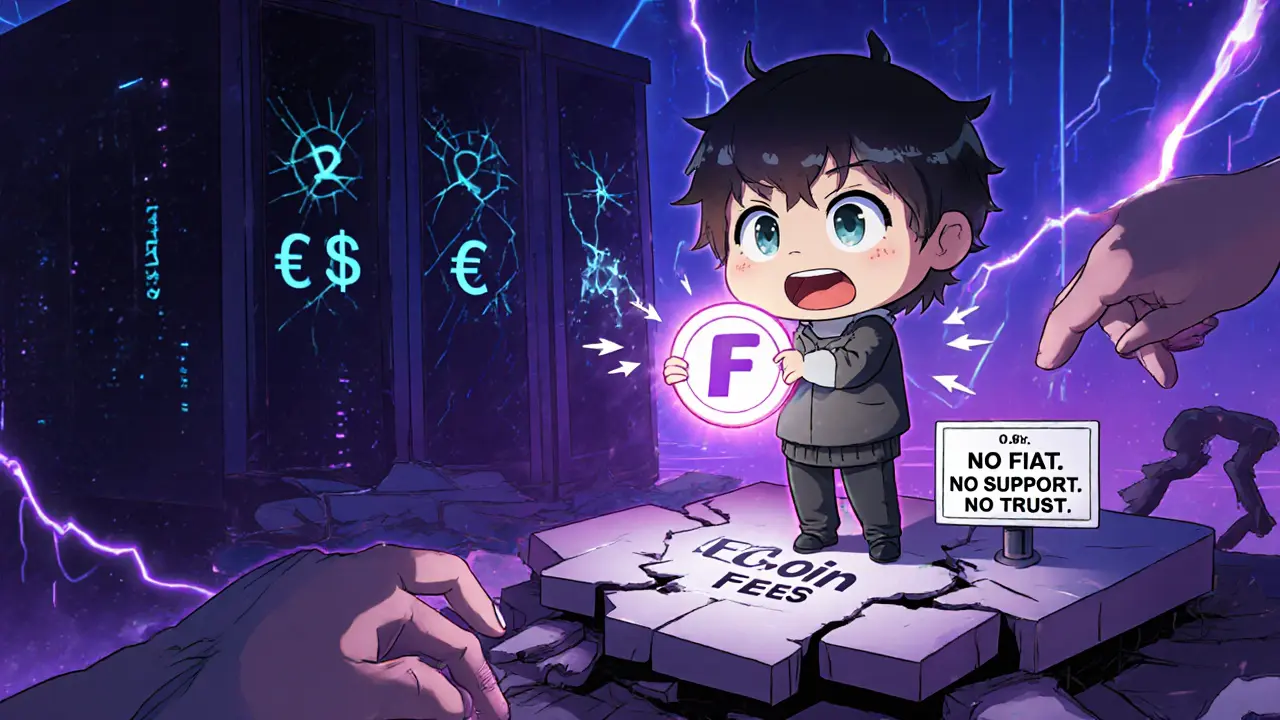Low Fee Crypto Exchange: Find the Best Platforms Without Hidden Costs
When you trade crypto, every fee adds up. A low fee crypto exchange, a platform that charges minimal costs for buying, selling, or swapping digital assets. Also known as cost-efficient crypto trading platform, it’s not just about saving a few dollars—it’s about keeping more of your gains when you trade Bitcoin, Ethereum, or altcoins regularly. Many users think "low fee" just means lower trading commissions, but that’s only part of the story. The real winners are platforms that also cut withdrawal fees, eliminate deposit charges, and don’t hide costs in spread markups or liquidity penalties.
A decentralized exchange, a peer-to-peer trading platform that doesn’t hold your funds. Also known as non-custodial exchange, it often offers lower fees than centralized ones because it skips middlemen and bank-style overhead. But not all DEXs are cheap—some charge high gas fees on Ethereum, while others on Solana or Polygon keep costs near zero. Then there’s the crypto trading fees, the total cost you pay per transaction, including network fees, maker-taker spreads, and hidden charges. A platform might say "0% trading fee," but if you’re paying $5 in Ethereum gas every time you swap, you’re not saving anything.
What makes a low fee crypto exchange trustworthy? It’s not just about price. Look at what happened to CoinRui and ezBtc—both promised low costs but vanished with users’ money. A real low-fee platform is transparent, regulated where possible, and has a track record. You’ll find that in reviews like Coinviva’s or Energiswap’s, where fees are broken down clearly, not buried in fine print. Some exchanges cut fees by offering native tokens you can use to pay for trading—like Binance’s BNB or KuCoin’s KCS. That’s smart, not sneaky. Others use Layer 2 tech or sidechains to slash network costs, which is why you’ll see posts about state channels and Lightning Network in this collection.
Don’t fall for the "no fee" trap. Even the best low fee crypto exchange has costs somewhere—whether it’s in slower withdrawals, limited coin selection, or higher spreads. The goal isn’t to find the cheapest—it’s to find the most honest. That’s why this collection dives into real exchange reviews, banned jurisdictions, licensing rules, and scam alerts. You’ll see why Kraken blocks users in certain states, why Canadian exchanges need MSB licensing, and how Ecuador’s banking ban pushes traders toward P2P platforms with near-zero fees. These aren’t just news stories—they’re warning signs and roadmaps rolled into one.
Whether you’re trading Bitcoin daily or just swapping altcoins on weekends, knowing where to find real low fee crypto exchange options saves you hundreds a year. And it keeps your money safer than chasing the lowest number on a shady site. Below, you’ll find real-world breakdowns of platforms that actually deliver on cost, security, and reliability—no hype, no fluff, just what works in 2025.

